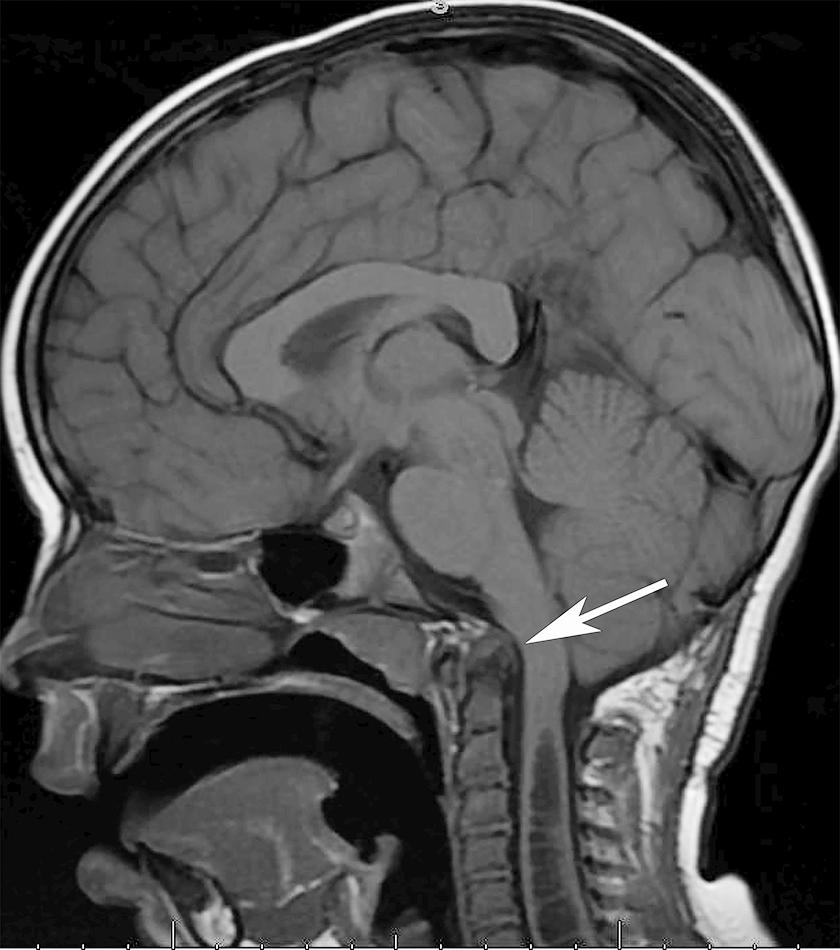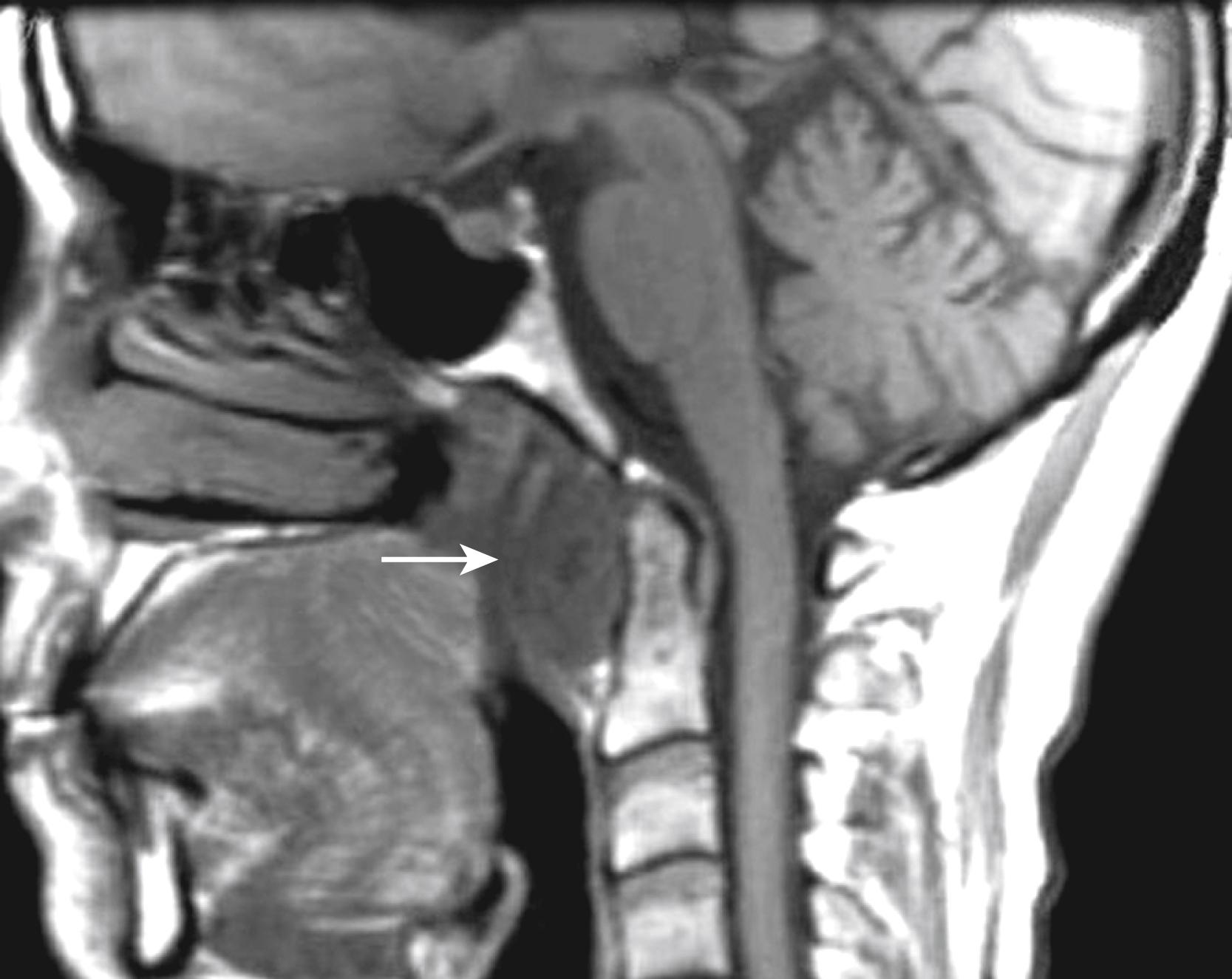Physical Address
304 North Cardinal St.
Dorchester Center, MA 02124
The superior aspects of the cervical spine (C1 and C2) and the craniovertebral junction are difficult to access via a transcervical approach. Traditionally, a transoral/transpalatal approach has been used, but is associated with significant morbidity. With the advent of endoscopic techniques, a transnasal approach may be used with improved visualization and avoidance of the morbidity associated with a transoral approach. For lesions that require access from the lower clivus to C3, a combined approach can be employed.
Transnasal and transoral approaches to the upper cervical spine and craniovertebral junction are most commonly performed for basilar invagination with brainstem compression. This may be the result of rheumatoid degeneration with pannus formation, or traumatic fracture and dislocation of the odontoid. A transodontoid approach also provides access to tumors at the jugular foramen and adjacent areas.
With a transnasal route, resection of the posterior nasal septum as far as the nasal floor is necessary to provide adequate lateral access.
Resection of the nasopharyngeal mucosa and underlying muscle and fascia improves the exposure of C1 and C2.
Removal of a thickened pannus should be performed until transmitted pulsations are evident; complete removal risks a cerebrospinal fluid (CSF) leak.
The inferior extent of the transnasal approach is limited by the posterior edge of the hard palate.
A palatal incision can usually be avoided by retraction of the soft palate into the nasopharynx.
A paramedian palatal incision preserves the blood supply to the palate and minimizes scar retraction of the palate.
Patients with preoperative pharyngeal dysfunction are at increased risk for airway problems and should have a tracheostomy performed at the time of their operation.
Patients with cervical instability should undergo neurophysiological monitoring during positioning and throughout surgery to avoid injury to the spinal cord.
Retropharyngeal dissection lateral to the Eustachian tube should be avoided because of the risk of injury to the internal carotid artery (ICA).
Prior nasal or sinus surgery
Cranial nerve dysfunction: hoarseness, aspiration, dysphagia, dysarthria
Symptoms of spinal compression: long-tract signs with weakness
Nasal cavity: septal deviation, inflammatory sinus disease, prior sinus surgery
Nasopharynx: velopharyngeal closure, retropharyngeal carotid pulsations
Oral cavity: dentition, palate
Larynx: laryngeal function
Cranial nerves: X, XI, XII
Computed tomography (CT) scan. CT provides evidence of bone destruction from infection or neoplasm. CT angiography for navigation is preferred for the demonstration of the carotid and vertebral arteries.
Magnetic resonance imaging (MRI) ( Fig. 123.1 ). This is superior for soft tissue imaging, especially of the pannus and brain stem compression. Chordomas and chondrosarcomas appear bright on T2-weighted images.

Infection
Localized retropharyngeal abscess
Trauma
Displaced fracture of C1 and C2 with spinal cord compression
Inflammation
Rheumatoid pannus with basilar invagination and compression of the brainstem ( Fig.123.1 )
Neoplasms ( Fig. 123.2 )
Chordoma
Chondrosarcoma
Meningioma
Nasopharyngeal carcinoma

Intranasal Approach
Neoplastic involvement of the spine inferior to the nasopalatine line.
Intradural dissection should be avoided in the presence of active infection. Sinusitis should first be treated medically or surgically, if possible.
Transoral Approach
Trismus
Fully restored teeth
Excessive soft tissue in the pharynx
Treatment of sinusitis
Treatment of aspiration pneumonia
Become a Clinical Tree membership for Full access and enjoy Unlimited articles
If you are a member. Log in here